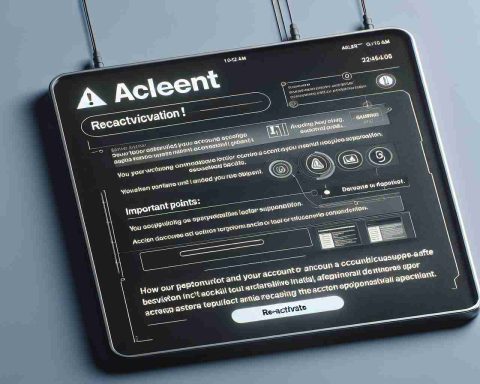In a recent parliamentary session, Minister of Information and Communications Nguyen Manh Hung addressed significant concerns about the expansion of telecom infrastructure and broadband access in rural Vietnam. Despite an impressive surge in telecom infrastructure indices over the past two years, stark disparities in broadband accessibility persist, particularly in remote and minority regions.
Expanding Internet Reach
Representative Nguyen Thi Thu Nguyet raised crucial questions about the uneven spread of mobile broadband. She emphasized the ongoing issues faced by remote communities, especially ethnic minorities living in mountainous areas. In response, Minister Hung outlined initiatives to bridge this gap, highlighting the transition from merely covering telecom to extending internet reach.
The minister stressed that previously underserved regions, especially impoverished households, would benefit from targeted coverage initiatives. The approach is straightforward: focus on regions with network gaps to ensure essential connectivity.
Government Support for Smart Devices
Minister Hung elaborated on a comprehensive strategy to provide smartphones to economically disadvantaged areas through the public telecom fund, which plans to distribute 400,000 devices. This initiative aims to equip every household lacking smart devices, with a preliminary target of supplying one to 1.2 million units.
Financial support for internet usage was also discussed. The government plans to offer free internet access packages to individuals in need, significantly impacting household internet accessibility.
A Promise for Comprehensive Coverage
In response to concerns about still unconnected villages, Minister Hung committed to extending complete network coverage by mid-2025. He emphasized the critical role of modern digital life, noting that 99.8% of Vietnam’s population already enjoys 4G coverage—a statistic superior to many developed nations. The minister reassured the public about the ongoing transition from 2G to more advanced technologies, supported by robust infrastructure and device accessibility programs.
Can Technology Close the Connectivity Gap in Rural Vietnam?
As Vietnam’s digital landscape evolves, the government continues to tackle ambitious initiatives to improve telecom infrastructure and internet accessibility across the nation. While recent reports highlight significant advancements, critical challenges remain, particularly for disadvantaged communities. Let’s explore the implications of extending internet access, the potential benefits and drawbacks, and how this might change the social fabric of Vietnamese society.
The Implications of Enhanced Connectivity
With a focus on bridging the digital divide, Vietnam’s strategy to provide smart devices and affordable internet access aims to empower rural and minority regions. While this promises substantial socioeconomic benefits, it raises questions about infrastructural and cultural challenges:
– Digital Literacy: As access extends, one major hurdle remains—ensuring that new users, especially in remote areas, develop the digital literacy needed to utilize the technology effectively. The government will need to implement educational programs alongside infrastructure upgrades to foster meaningful connectivity.
– Economic Opportunities: Enhanced internet access can spur local economies by unlocking remote working opportunities and expanding access to e-commerce platforms. However, this requires sustained investment in businesses and workforce training to maximize benefits.
– Cultural Shifts: As rural areas become more digitally connected, residents may experience shifts in cultural practices and communication patterns. While a globalized digital presence offers diverse perspectives, it may challenge traditional ways of life.
Balancing Advantages and Disadvantages
The government’s initiative to provide over a million smart devices to underprivileged households presents clear advantages but also some drawbacks:
– Advantage: Improved access to online education and healthcare resources can enhance quality of life and provide opportunities for economic mobility.
– Disadvantage: The influx of technology without robust cybersecurity measures could expose communities to data privacy risks and cyber threats, emphasizing the need for strong digital education and security protocols.
Controversies and Concerns
– Unequal Development: As new technological infrastructures are deployed, there’s concern about potential inequalities within regions based on which areas receive upgrades first, possibly exacerbating existing disparities.
– Economic Viability: Can Vietnam sustain free internet packages and device distribution in the long term? Evaluating fiscal sustainability is crucial to the initiative’s success.
What’s Next for Vietnam’s Connectivity Plan?
– How Will Smaller Network Providers Respond? As larger companies expand rural access, the role of smaller regional providers comes into question. Will they adapt to serve niche markets, or be outpaced by giant telecom operators?
– Will the Initiative Keep Up with Technological Advancements? The race between technological progression and government projects may challenge infrastructure’s relevance by the time it’s implemented.
In summary, Vietnam stands at a critical juncture in its digital journey. While extending internet access promises profound transformation, it necessitates a balanced and inclusive approach to ensure that all communities benefit equitably. Continuous evaluation and adaptation of strategies are paramount to addressing these complex issues effectively.
For further information, visit the Vietnam Ministry of Information and Communications.




























